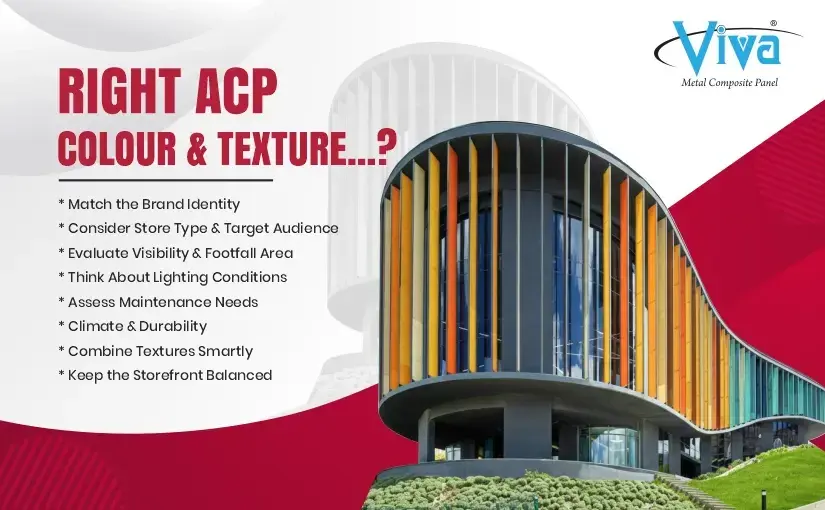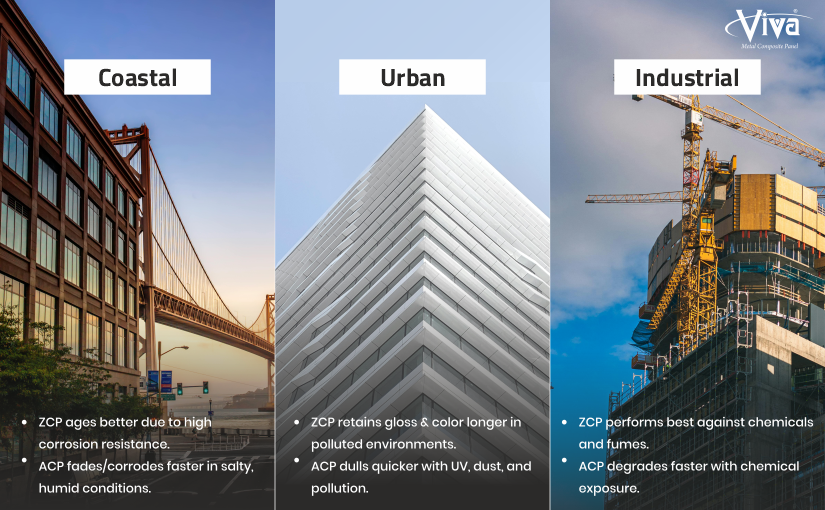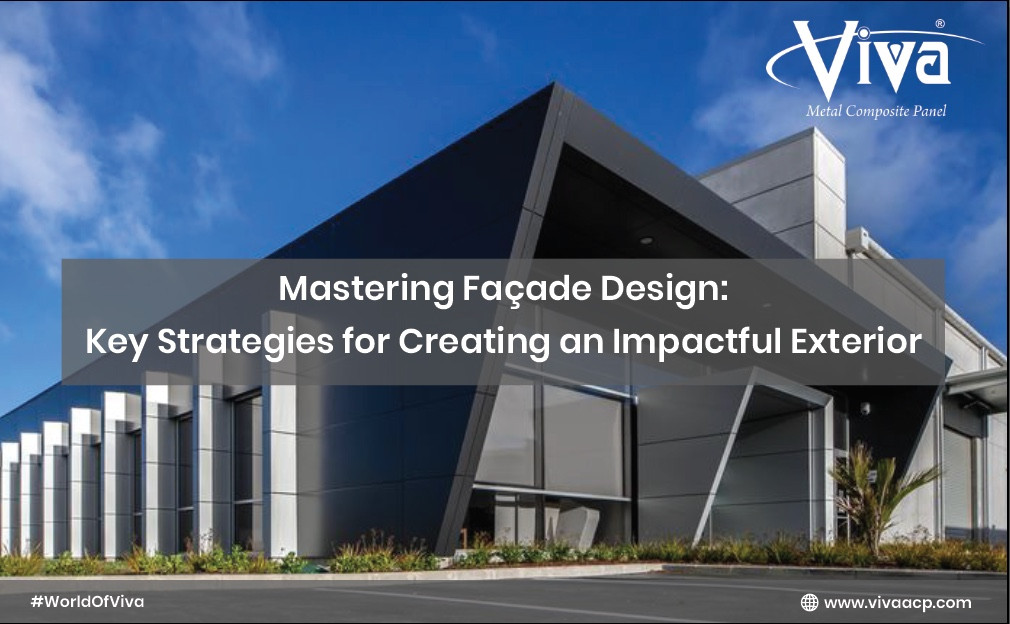
Façade design plays a vital role in improving the aesthetics of a building. They are also highly functional and help combat the harmful UV rays of the sun. These criteria, along with some more, have resulted in the immense popularity of façades among architects today.
In this blog, we will take a look into the essentials and advantages of façades in creating remarkable exteriors.
Defining Façade Architecture
When speaking about façade design, one talks about the appearance of the exteriors. façades help enhance the external beauty of a building by providing it with volume, scale, light and shadow. Although building façades have always been a key goal for architecture over the decades, it has only been possible a few decades before, owing to modern tools and contemporary techniques.
Façades are more than decorative elements; they offer a structure to the building. Façade design architecture is composed of the careful integration of materials, shapes, and technologies to create a functional and strong exterior.
The Importance of Exterior Façade Design in Architecture
● Energy Efficient: Most of the modern-designed façades show high energy efficiency by reducing insulation and solar radiation, which acts as a natural ventilation system.
● Aesthetic Appeal: Façades help improve a building's beauty and aesthetics by making it stand out from the surrounding buildings.
● Sustainable Architecture: By being energy efficient, façades create a chain of sustainable buildings that help reduce the carbon footprint.
● Helps build an urban environment: Building with façades creates a visually appealing cityscape. Not only does it contribute to creating a sustainable building environment with its energy-efficient buildings, but together, these buildings also add character to the city.
Principles of Effective Façade Design
● Harmony between form and structure: Façade designs are the perfect example of this balance. A façade architecture should not only appear aesthetically pleasing but also perform its intended purpose. The design of a façade should be based on the location, local climate and purpose it needs to serve.
● Sustainability: Most façades in today’s time are built using energy-efficient glasses that reduce solar radiation and insulation, maintaining the temperature inside. This reduces the dependency on heating and cooling devices, thereby reducing the carbon footprint.
● Eco-friendly: The façades are made using eco-friendly materials to increase natural light and ventilation.
● Integrates with the surroundings: The façades are so built that they reflect the surrounding environment, allowing them to integrate into the environment seamlessly. This is done after carefully measuring the architecture, culture and landscape.
Essential Elements in Designing a Façade
Several elements come into play while designing a façade:
● Materials: Choosing the right materials is essential in determining the efficiency and the aesthetic composure of a façade. Common materials for the construction of a façade include glass, concrete, wood and metal. The quality of these items helps determine the durability and efficiency of the structure.
● Colour: The colour of the façade significantly determines the character of the building. It can either make the building stand out like a sore thumb or blend effortlessly with its surroundings.
● Proper lighting: Proper lighting plays a huge role in enhancing the aesthetic appeal of the building, making it more inviting. It can also add to the energy efficiency of the building.
● Texture: Texture adds further layers and character to a façade. It can be achieved through various materials and architectural techniques.
Strategies for Crafting Unforgettable Façade Design Architecture
● Using unique and innovative materials to experiment with different combinations of materials to create new designs and structures for a visually stunning façade.
● Playing with geometric shapes and patterns helps achieve a modern and dynamic façade look. This combination can also create useful shadows and light effects, further enhancing the façade's beauty.
● Incorporating environment-friendly, biophilic elements to create a more sustainable and energy-efficient design for modern-day façades.
Conclusion
Modern architecture is increasingly inclining towards building façades to enhance the beauty of buildings, particularly large buildings and skyscrapers. Hence, it is important to master the art of façade design to not only be familiar with its construction but also find ways to elevate the designs and make them more energy efficient.
Visit Viva ACP website to learn more about the latest trends, materials and solutions in façade design.
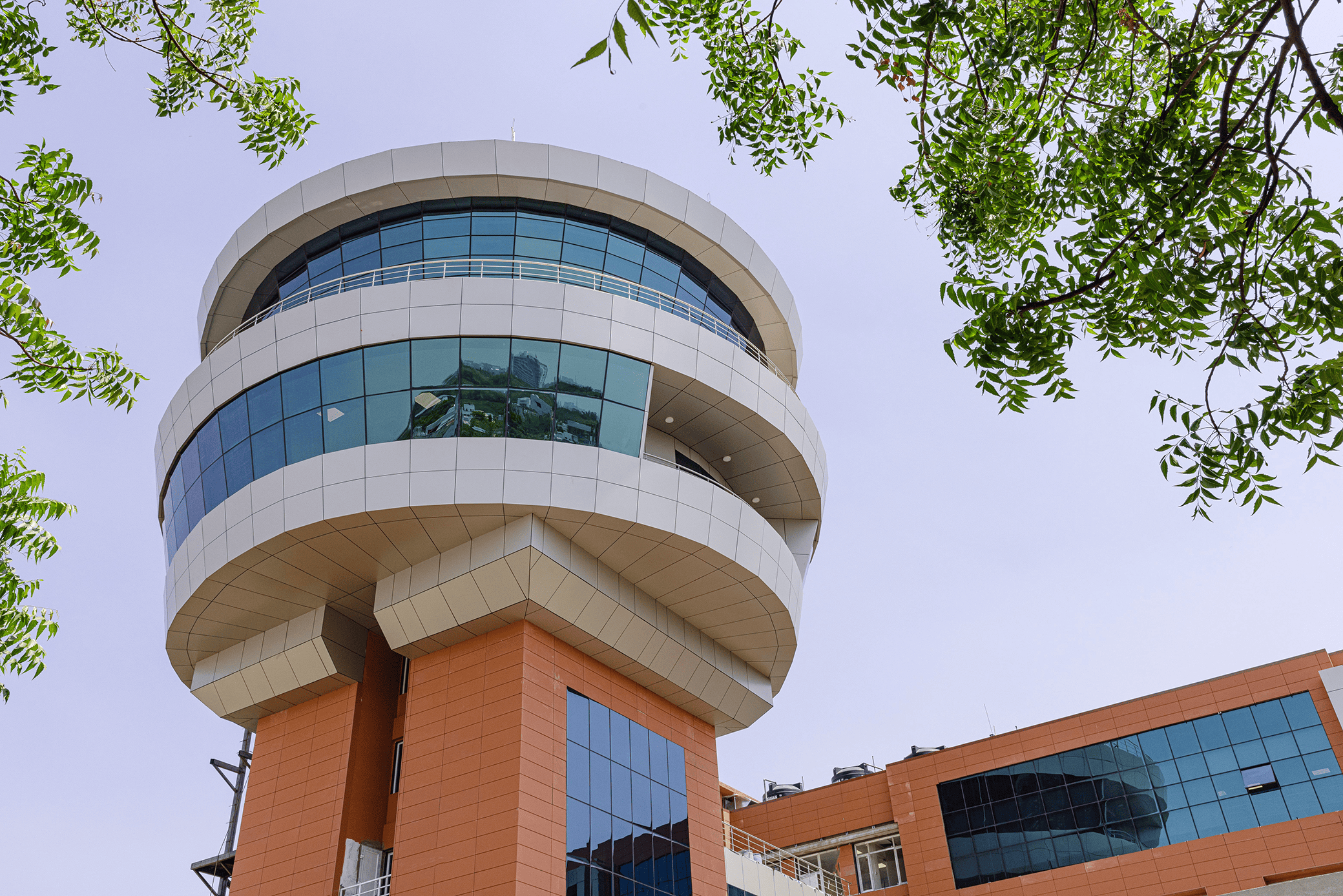
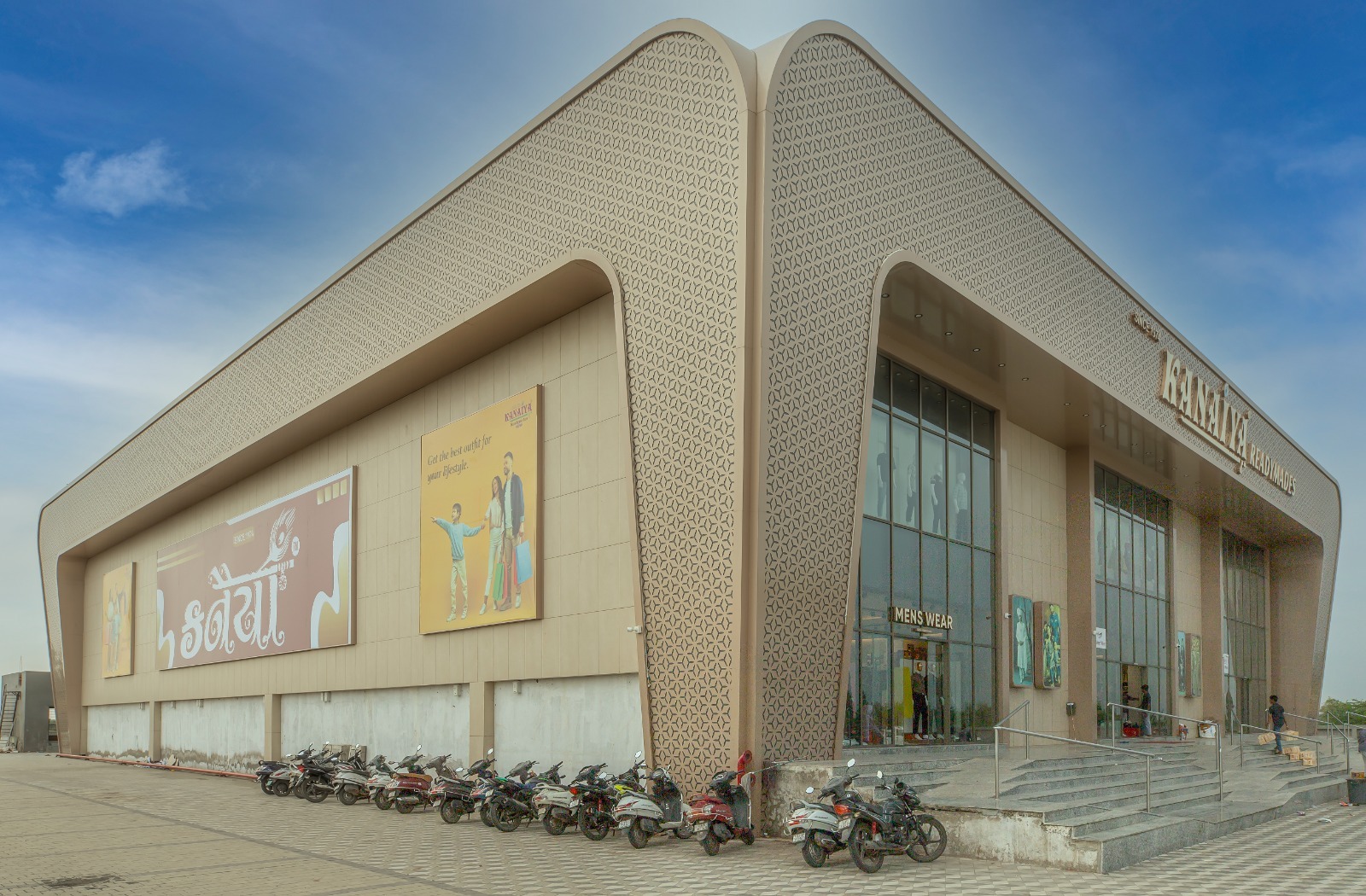



 en
en
 Spanish
Spanish Arabic
Arabic Swahili
Swahili French
French